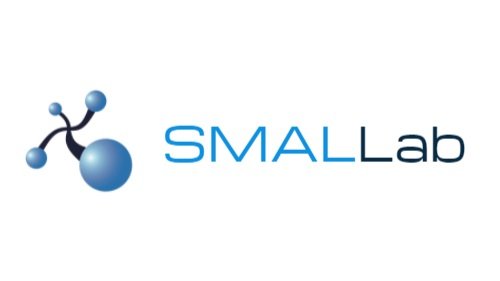Ed Camic, 4th Grade Teacher, Twin Rivers Intermediate School
Background
Twin Rivers Intermediate School is located in McKeesport, PA, just outside of Pittsburgh. Serving grades 3 to 5 in an economically depressed region, Twin Rivers students possess a wide variety of skillsets, but teacher Ed Camic—who brings more than a dozen years of teaching experience, including five years teaching algebra and geometry—is quick to emphasize that all students at the school share an eagerness to succeed.
“We have a wide range of learners who come from a wide range of backgrounds,” says Camic. “However, what they all want the most is to learn. Our students love to be challenged.”
The Digital Economy Has Clear Needs
In its curriculum, Twin Rivers emphasizes math, science, and technology. Its goal is to keep students ahead of what the Digital Economy needs both today and down the road.
It’s not always easy, though.
Camic’s realization that a portion of the school’s students were struggling with numbers began with a simple observation: Some teachers used a timesheet for students to sign in/out of class in order to use the restroom. However, because many of the elementary students lacked the ability to read a clock, they were unable to complete the form.
In Camic’s own classroom, students faced difficulty with fractions and applied concepts such as the Least Common Denominator and Least Common Multiple.
“The hardest part about teaching fractions is that some students grasp the concepts immediately, but others do not,” said Camic. “In addition, the applications of these concepts build upon one another, so it’s critical that all students understand the foundational elements. If they do not, it’s very hard to keep up.”
Tapping into Students’ Innate Desire to Succeed
“Prior to implementation of the SMALLab, we were limited in the number of ways that we teach a particular lesson... SMALLab gives us an additional, hands-on and unique way of helping students.”
To foster both attention and retention in the classroom, Camic gamifies as many lessons as possible. Regarding homework, for example, students compete on who gets the most questions right, who turns in the most assignments, and more.
SMALLab Learning’s embodied learning environment was a perfect fit for Camic’s needs. As a result of the interactions and group dynamics that it fosters, students are more accountable to one another for understanding lessons.
“Every student learns differently. SMALLab enables us with new ways to help students understand critical concepts in their education,” said Camic. “Prior to implementation of the SMALLab, we were limited in the number of ways that we teach a particular lesson or deliver a particular concept. SMALLab gives us an additional, hands-on and unique way of helping students.”
In addition to the learning environment itself, SMALLab’s Student Insight Center gives Camic visibility into the performance of each individual student as well as the class. With the Student Insight Center, Camic can conduct pre- and post lesson assessments in order to measure the impact of the SMALLab on student outcomes.
An Outcome-based Learning Technology with Proven Results
“When a learning technology like SMALLab can have this type of impact,
amazing things start to happen.”
Using SMALLab’s “Fraction Action” module to supplement classroom instruction, Camic’s pre- and post-test performance results showed that student outcomes improved 15% as a result of using the SMALLab for just one session.
In addition to using the SMALLab as an “intervention technology” to assist students who are struggling, the school has integrated the SMALLab content into its curriculum plan for the entire school year, and across grades and subject areas.
“Our students love learning in the SMALLab,” said Camic. “It’s one of the activities they look forward to most. When a learning technology like SMALLab can have this type of impact, amazing things start to happen.”
About SMALLab Learning
SMALLab is a learning company that partners with educators to transform learning. SMALLab is a room-sized, 3D collaborative learning environment. Multiple research studies show that SMALLab yields an 86% increase in student learning, 6.7X increase in student collaboration, and a 33% increase in teacher effectiveness. The science behind SMALLab separates it from many of the education technologies available today. It is why school districts across the globe are deploying SMALLab and transforming learning every day.
SMALLab Learning began as a research project at Arizona State University, focused on how to combine the latest research into how students learn with the latest technology interfaces to create a system that dramatically improved learning. SMALLab Learning accomplished this by implementing technology in a way that makes it “invisible” to the student, while providing uniquely engineered game- and inquiry-based collaborative learning software modules that encourage students to work together to succeed.
Educators have described SMALLab Learning as the “Star Trek Holodeck V1.0,” “Virtual Reality inside out,” and “the coolest classroom” they have ever seen. Research and development was funded by grants from the National Science Foundation, the Bill and Melinda Gates Foundation, the MacArthur Foundation and the Intel Corporation.


